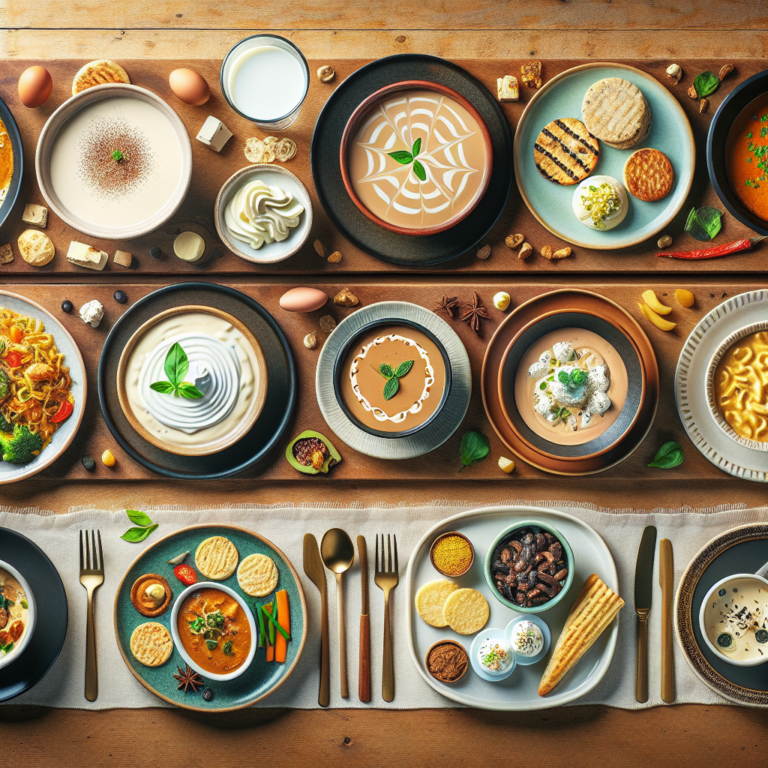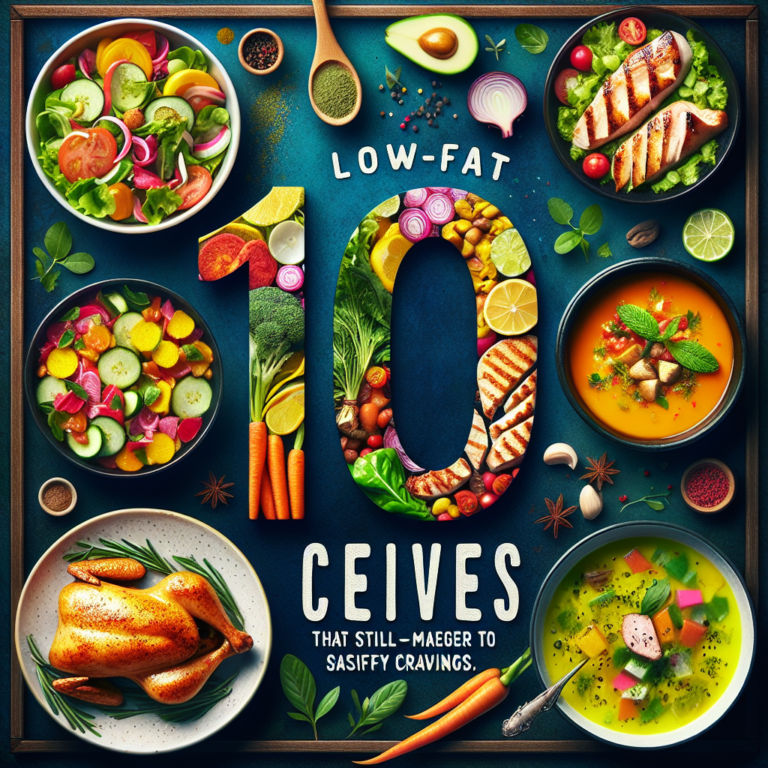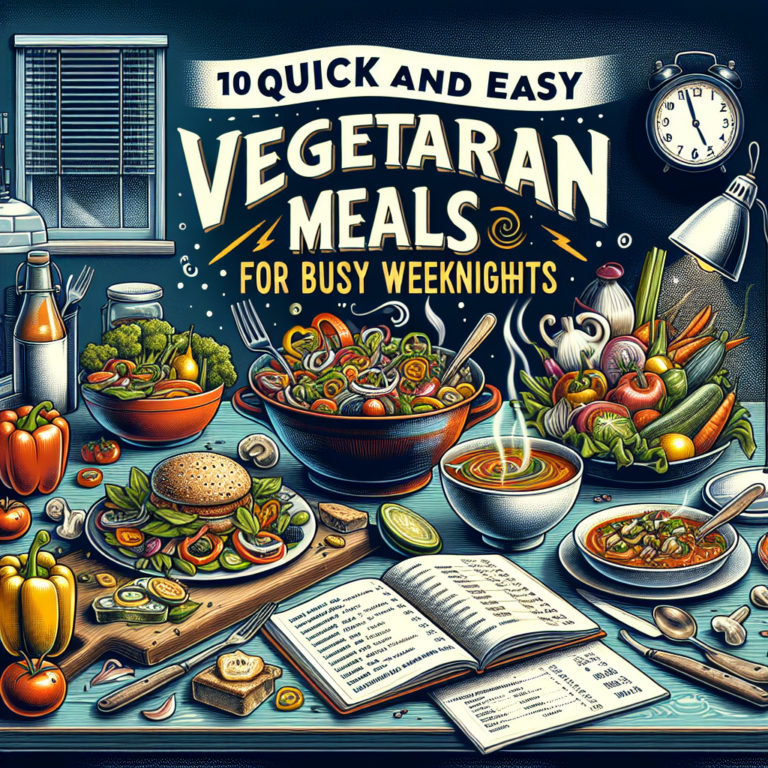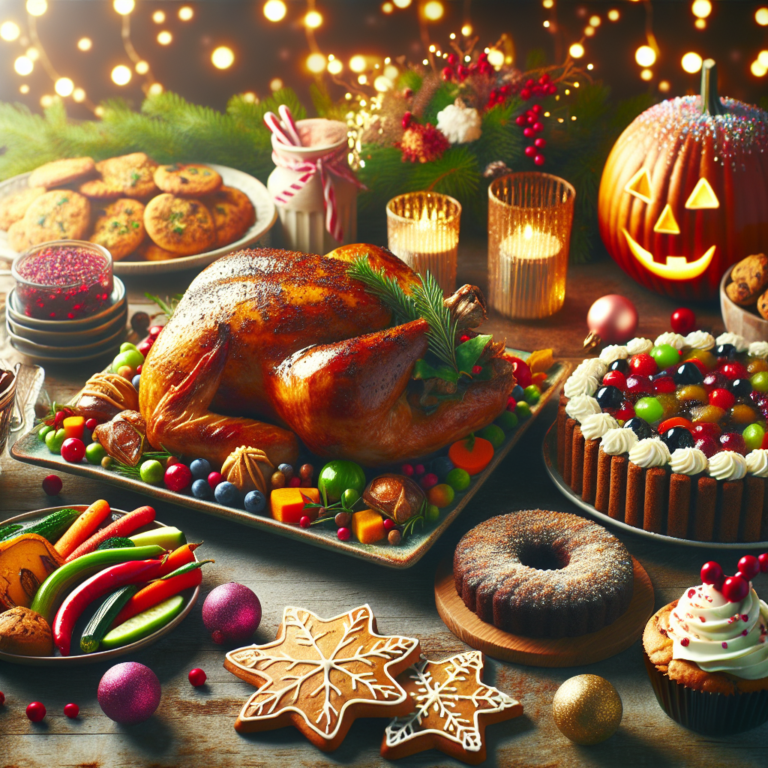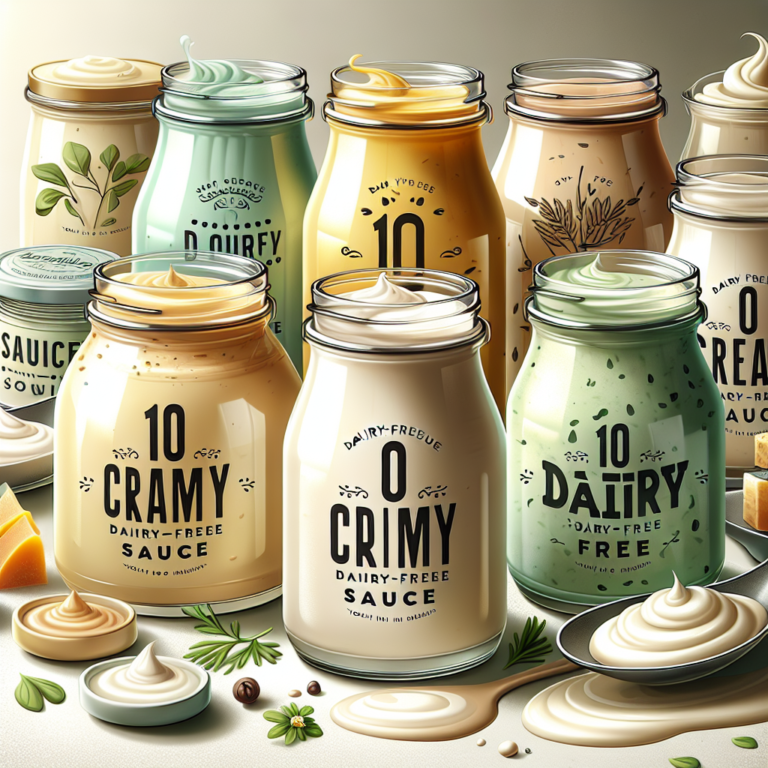
Baking is often viewed as both a science and an art. It requires precision and understanding of ingredients and techniques, yet it also allows room for creativity and personal touch. Whether you are an experienced baker or just starting, mastering the art of baking can be incredibly rewarding. In this comprehensive guide, we’ll explore essential tips for creating mouth-watering homemade desserts.
Understanding Ingredients
The foundation of any great dessert lies in the quality and understanding of ingredients. Here’s a breakdown of key ingredients in baking:
1. Flour
- Types of Flour: Different types of flour have varying protein content, affecting the texture of baked goods. All-purpose flour is versatile, while bread flour has a higher protein, making it suitable for yeasted products.
- Measuring Flour: Always spoon flour into the measuring cup and level it off to avoid adding too much, which can lead to dense products.
2. Sugar
- Types of Sugar: Granulated sugar is the most common, but brown sugar adds moisture and flavor. Powdered sugar is used for icing and frostings.
- Sweetness Balance: Adjust the sugar levels according to your taste preferences and the other ingredients used.
3. Fats
- Butter: Provides flavor and contributes to the texture. It’s crucial to use the right temperature (softened, melted, or cold) depending on the recipe.
- Coconut Oil and Shortening: Alternative fats can bring different flavors and textures to your baked goods.
4. Eggs
- Role of Eggs: Eggs provide structure, moisture, and richness. Be sure to use room temperature eggs for better incorporation.
5. Leavening Agents
- Baking Powder and Baking Soda: These agents help your baked goods rise. Understanding when to use each is critical for proper recipes.
6. Liquid Ingredients
- Water, Milk, and Other Liquids: The right amount of liquid is essential for the batter consistency. Adjust according to the flour’s absorption capability.
Essential Baking Tools
Having the right tools can save you time and make the baking process much easier. Here are some essentials every baker should have:
1. Measuring Cups and Spoons
Accurate measurements are vital in baking. Invest in a good set of dry and liquid measuring cups along with a set of spoons.
2. Mixing Bowls
Use a variety of mixing bowls—glass or stainless steel are preferred as they are durable and easy to clean.
3. Whisk and Spatula
A whisk is essential for mixing ingredients uniformly, while a spatula is helpful for scraping bowls clean and folding ingredients together.
4. Baking Pans
Different baked goods require different pans. Ensure you have a variety, including baking sheets, muffin tins, and cake pans.
5. Oven Thermometer
Many ovens can be off by several degrees. An oven thermometer helps you know the actual temperature for optimal baking conditions.
6. Cooling Rack
A cooling rack allows air to circulate around baked goods, preventing sogginess and maintaining texture.
Baking Techniques
Understanding various baking techniques is essential for achieving the perfect results. Let’s dive into some common techniques:
1. Creaming
Creaming involves beating butter and sugar together until they are light and fluffy. This process incorporates air into the mixture, providing leavening and a light texture in cookies and cakes.
2. Folding
Folding is a gentle mixing technique used to combine delicate ingredients, such as whipped cream or egg whites, into a heavier batter without losing air volume.
3. Mixing Dry and Wet Ingredients
When combining dry and wet ingredients, do so gently. Overmixing can lead to tough baked goods. Mix until just combined—there may be a few lumps but avoid overworking the batter.
4. Baking at the Correct Temperature
Always preheat your oven before baking. Cooking at the correct temperature ensures even baking and prevents undercooking or overcooking your desserts.
5. Testing for Doneness
Different desserts have different indicators for doneness. For cakes, a toothpick inserted in the center should come out clean. For cookies, edges should be lightly browned.
Baking Substitutions
Sometimes, you may not have a specific ingredient on hand. Here are some common substitutions you can use:
1. Applesauce for Oil
In cakes, use unsweetened applesauce to reduce fat while adding moisture. Use a 1:1 ratio for substitution.
2. Greek Yogurt for Sour Cream
Greek yogurt can replace sour cream in a 1:1 ratio, providing similar moisture and tang.
3. Buttermilk Alternatives
Make your own buttermilk by adding 1 tablespoon of vinegar or lemon juice to a cup of milk. Let it sit for 5-10 minutes before using.
4. Flaxseed Meal for Eggs
Mix one tablespoon of flaxseed meal with three tablespoons of water for a vegan egg substitute. Let it sit until it becomes gelatinous.
The Importance of Temperature
Understanding and controlling temperature is vital in baking:
1. Ingredient Temperature
Using room temperature ingredients, especially butter and eggs, helps to create a smooth batter and properly emulsify the mixture.
2. Oven Temperature
Adjust your baking times based on your oven’s characteristics. If your oven runs hot or cold, you’ll need to adjust baking times accordingly.
3. Cooling Desserts
Allow your baked goods to cool properly. Cakes should be cooled in the pan for a short time and then transferred to a cooling rack to fully cool before frosting or serving.
Decorating Your Desserts
A beautifully decorated dessert makes a delightful presentation. Here are some tips on how to decorate:
1. Frosting Techniques
- Spreading: Use an offset spatula for an even layer of frosting. Start from the center and spread outwards.
- Piping: Use piping bags and various tips to create decorative patterns or designs on cakes and pastries.
2. Using Fresh Fruits and Nuts
Fresh fruits, nuts, and edible flowers can add vibrant colors and textures to your desserts. They can be used as toppings or incorporated into the batter for added flavor.
3. Ganache and Glazes
A chocolate ganache or glaze can add elegance and moisture to desserts. Combine chocolate and heavy cream for ganache, or use powdered sugar and milk for a glaze.
4. Chocolate Shavings and Sprinkles
Chocolate shavings or sprinkles can be used to enhance the visual appeal. Simply shave chocolate using a vegetable peeler or toss on some colorful sprinkles.
Troubleshooting Common Baking Problems
Even seasoned bakers face baking failures now and then. Here are solutions to common issues:
1. Dense Cakes
- Ensure you’re measuring flour correctly.
- Avoid overmixing the batter.
- Ensure the baking powder or soda is fresh.
2. Excessively Dry Cakes
- Check the baking time and avoid leaving it in the oven too long.
- Ensure you’re including enough fat and liquid in the recipe.
3. Cookies Spreading Too Much
- Chill your dough before baking.
- Check your oven temperature—too hot can make cookies spread more.
Conclusion
Baking is a wonderful blend of science and creativity. With practice, patience, and the right techniques, anyone can master the art of baking and create delicious desserts at home. Whether you are baking for personal enjoyment or to impress friends and family, the essential tips provided here will serve as a solid foundation. Embrace the joy of baking, experiment with flavors, and don’t be afraid to make mistakes along the way—each baking endeavor is an opportunity to learn and grow.
FAQs
1. What temperature should I set my oven for baking cakes?
The typical temperature range for baking cakes is 325°F to 375°F (163°C to 190°C). Always refer to your specific recipe for accurate temperatures.
2. How can I make my cookies chewy instead of crunchy?
To achieve a chewy texture, underbake slightly and use brown sugar in place of white sugar for moisture.
3. Can I bake with gluten-free flour?
Absolutely! Use a gluten-free flour blend that contains xanthan gum or add it separately to improve texture.
4. What is the best way to store baked goods?
Store your baked goods in an airtight container at room temperature. For longer storage, consider freezing them.
5. How do I know if my baking powder is still good?
To test baking powder, mix a teaspoon with a half cup of hot water. If it bubbles actively, it’s still good; if not, it’s time to replace it.
It looks like you might be looking for a prompt to get started with something! Could you please specify what type of prompt you need? For example, are you looking for a writing prompt, a discussion topic, a creative challenge, or something else? Let me know how I can help!, #Art #Baking #Essential #Tips #Homemade #Desserts, #Art #Baking #Essential #Tips #Homemade #Desserts, 1736506137, the-art-of-baking-essential-tips-for-homemade-desserts


